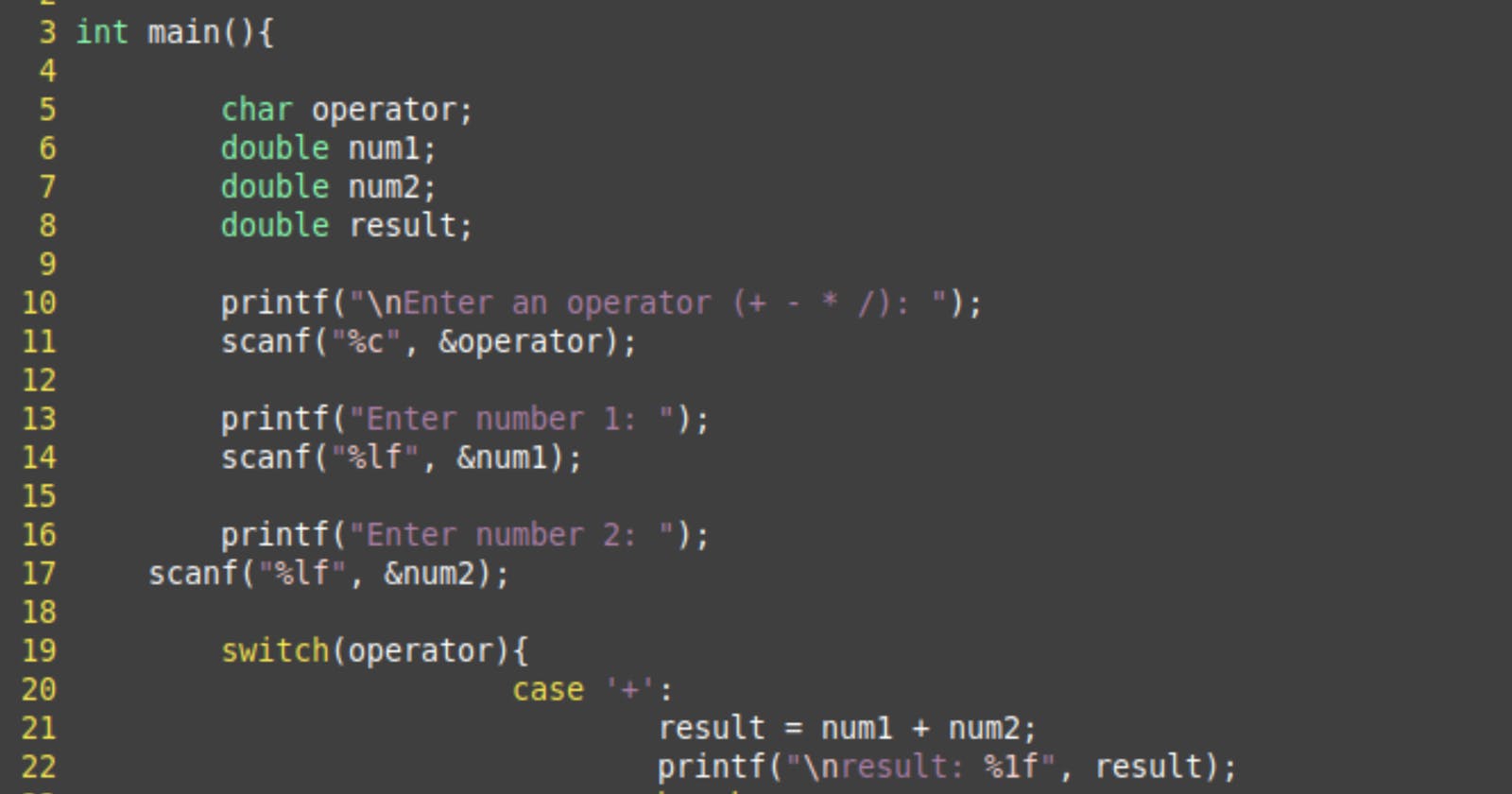Table of contents
No headings in the article.
C programming has been around for over four decades, but its impact on computing is still felt today. Despite the emergence of newer programming languages, C remains a versatile and powerful language for low-level programming. In this article, we'll take a closer look at C programming and explore its enduring relevance in the world of computing.
Origins of C Programming
C programming was first developed in the early 1970s by Dennis Ritchie at Bell Labs. The language was initially designed to be used in the development of the Unix operating system, which was itself created at Bell Labs. Ritchie and his team sought to create a language that was powerful and efficient, yet simple enough to be used in a variety of contexts.
One of the key features of C programming is its ability to directly access memory locations, which allows for low-level programming and efficient use of system resources. This feature made C ideal for use in operating systems and other system-level applications.
The Evolution of C Programming
Over the years, C programming has evolved and grown in popularity. In the 1980s, the language was standardized by the American National Standards Institute (ANSI) and became known as ANSI C. This standardization helped to solidify C's position as a reliable and widely-used programming language.
In the decades since, C programming has continued to be used in a variety of contexts. It remains a popular language for operating systems and other system-level programming tasks. It is also widely used in embedded systems, such as those found in cars, airplanes, and other devices.
Despite the emergence of newer programming languages, C has remained a popular choice among programmers. Its power and versatility make it an ideal language for certain types of programming tasks.
Advantages of C Programming
One of the primary advantages of C programming is its ability to directly access memory locations. This allows for efficient use of system resources and makes C ideal for use in operating systems and other system-level applications.
C programming is also a relatively fast language, which makes it well-suited for tasks that require high performance. Additionally, the language is highly portable and can be used on a variety of platforms.
Another advantage of C programming is its versatility. The language can be used in a variety of contexts, from operating systems to embedded systems to desktop applications. This flexibility makes C a valuable tool for many different types of programming tasks.
Conclusion
C programming may be over 40 years old, but its impact on computing is still felt today. From operating systems to embedded systems, C remains a versatile and powerful language for low-level programming. Its ability to directly access memory locations, its speed, and its portability make it an ideal choice for certain types of programming tasks. As long as there is a need for low-level programming and efficient use of system resources, C programming will remain a valuable tool in the world of computing.
Copyright © 2023 GN-z11Codes. All Rights Reserved.
